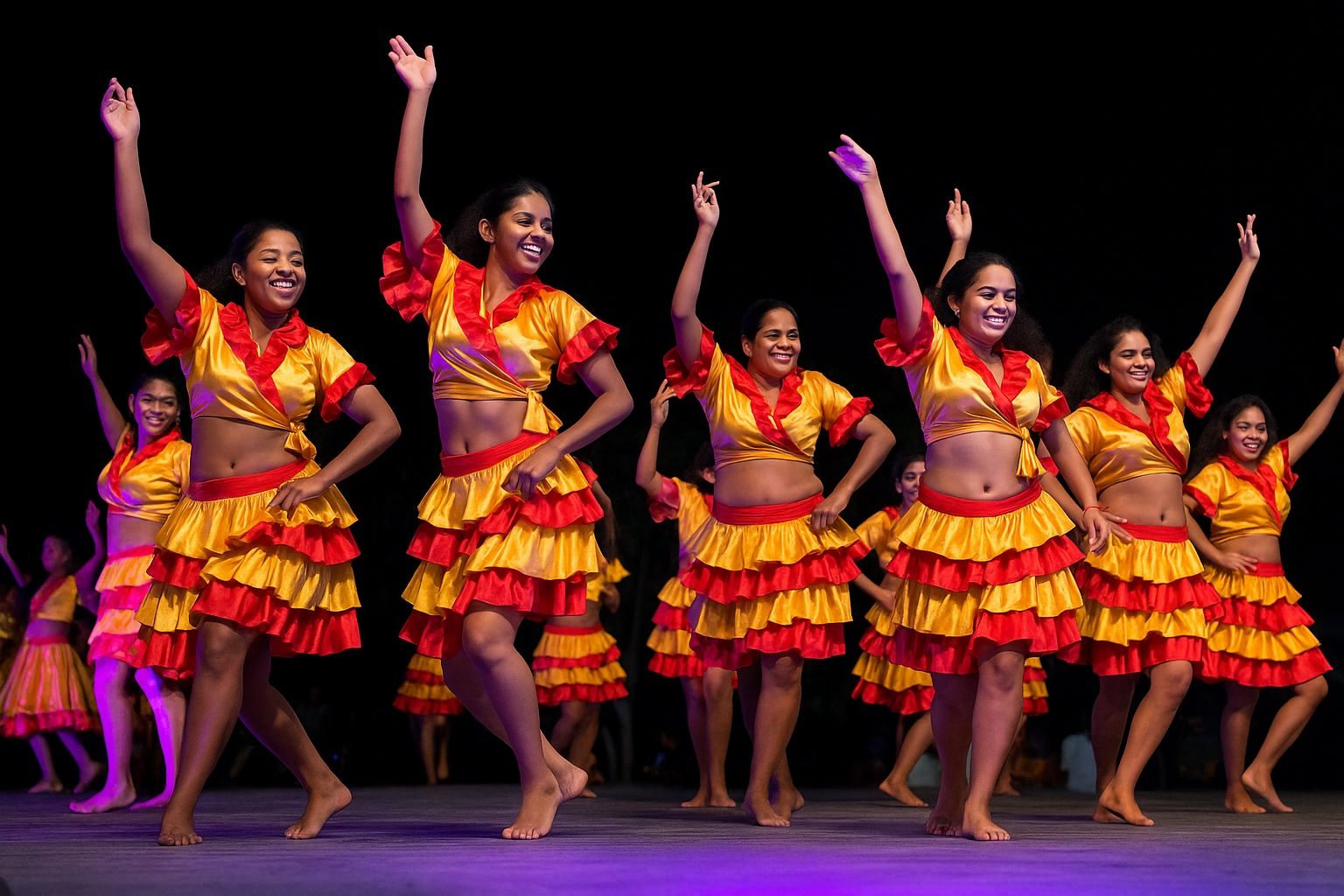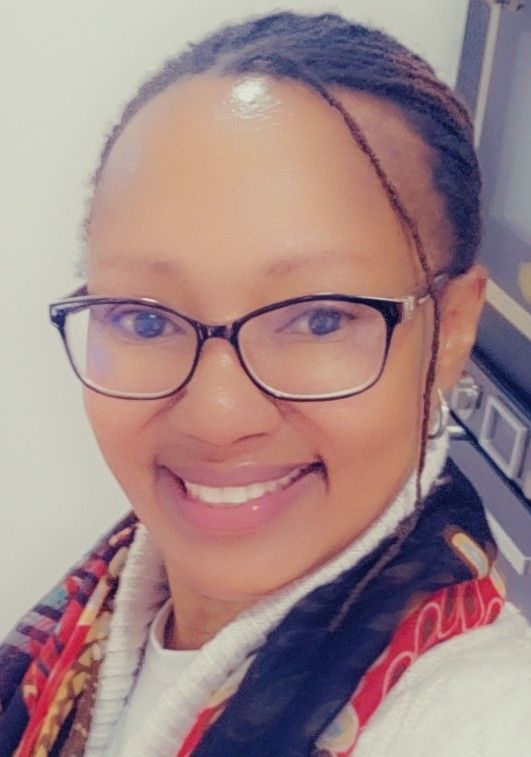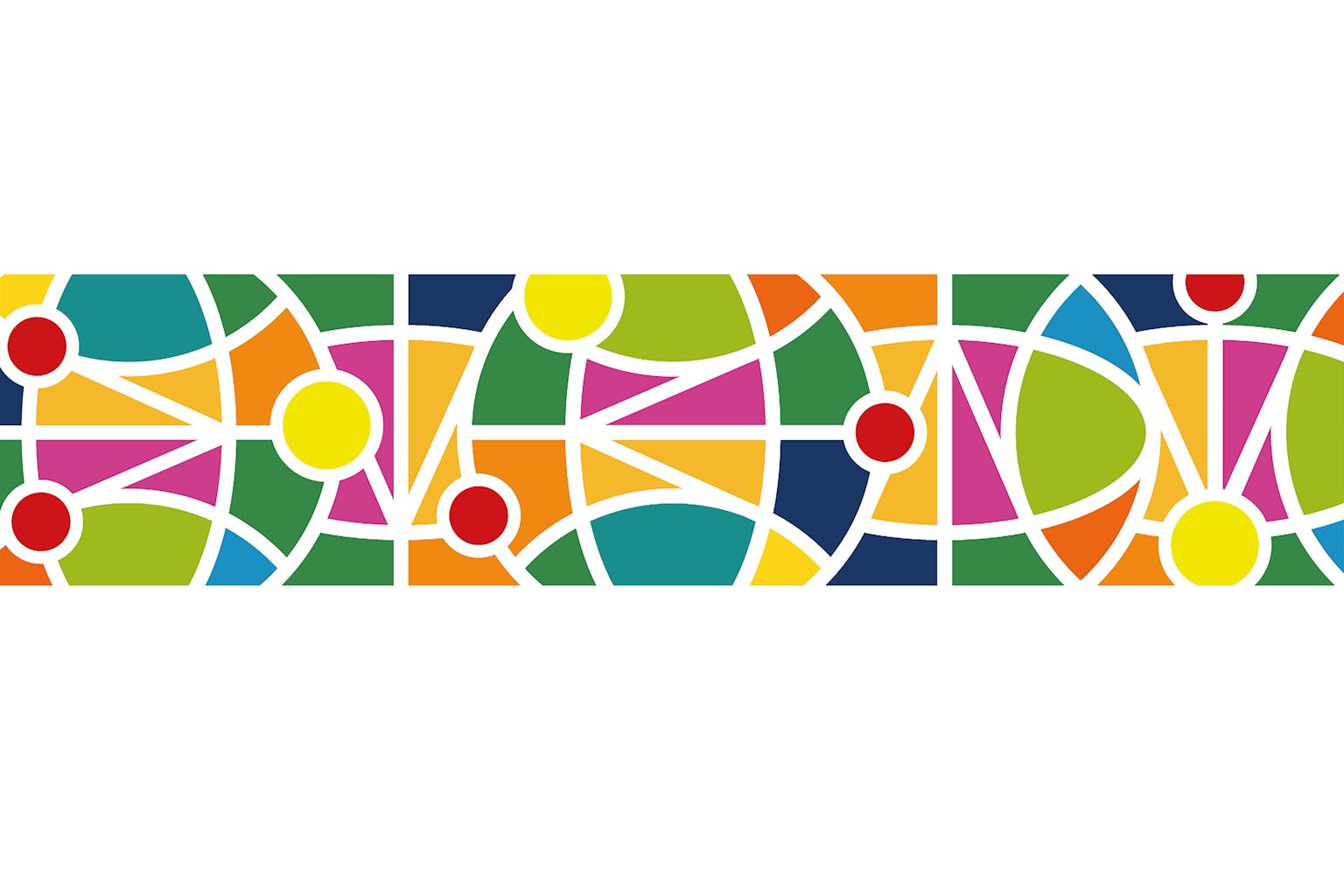“You’ll always know a Kamba when you meet one.”

You’ll hear people say this often—and with good reason. Yes, even if you’re deep in the heart of South America. Out and about, minding your own business, you’ll most likely spot someone dressed in striking, colourful attire. Chances are, that’s a Kamba. It’s practically a cultural offence for any self-respecting Kamba to be caught dead in dull colours.
The Kamba, or Akamba, are one of the largest of Kenya’s 42 recognised ethnic groups—and easily one of the most vibrant. They’re an interesting combination of hard workers with high-pitched, animated, sing-song voices, impossible to overlook, a joy to be in their midst.
They’re known for their resilience, hard work, and unmatched adaptability. Whether it’s tilling the dry plains of Eastern Kenya or selling mobile phones in downtown Nairobi, the Kamba always find a way to thrive.
And thrive, they have—even across the Atlantic.
Wait. Kambas in South America?
In Paraguay, to be precise.
The story begins in 1820, when José Gervasio Artigas, a revolutionary general from Uruguay, was exiled after ruffling too many feathers. He fled to Paraguay with between 250 and 400 soldiers and their families. But these weren’t just any troops. Among them were African soldiers, believed to be descendants of the Kamba—brought to South America through Portuguese trade routes, either as formerly enslaved people or freemen. The exact details of how Kamba people got there is still a mystery. But their identity wasn’t forgotten.
They were granted refuge and settled at Campamento Loma, just outside Paraguay’s capital, Asunción. True to form, the Kamba got to work. They built a village and named it Kamba Cuá, meaning "the place of the Kamba". They farmed, herded, drummed, danced, and passed down stories and culture as if the soil that rose beneath their feet as they danced and went about their lives had always belonged to them.
The Kamba Cuá held onto their African traditions, even while navigating an unfamiliar land. Their songs and dances were not just entertainment; they were resistance. Their stories weren’t just tales; they told of their legacy. They turned plain wood into art, and beads into stunning jewellery. The rhythms of Africa echoed through their festivals and community rituals, loud and proud.
But time would test them.
Unshaken, through it all
In the 1940s, under a discriminatory land redistribution policy, the Kamba Cuá were dispossessed of most of their land—reduced from 100 hectares to a measly three hectares. It didn’t stop there. They faced systemic racism, marginalisation, decades of being ignored and left out of what Paraguay chose to remember. In the late 19th and 20th centuries, Paraguay actively pursued a policy to whiten the population. They were keen on the country appearing more white than black or indigenous. The Kamba Cuás and other Afro-Paraguayan communities were greatly affected by this as they were pushed to intermarry in the efforts to dilute any African features in generations to come.
Their land? Taken.
Their contributions? Dismissed.
Their very existence? Denied.
Yet, in the true spirit of the Kamba—they refused to be silenced.
They fought back with what they had: their culture. They danced harder, sang louder, and ensured their stories lived on—not just in whispers, but on national stages.
Through a performance group, Ballet Kamba Cuá, they made it impossible to overlook them. They’ve gained visibility across Paraguay and beyond, formed bonds with Afro-descendant communities across Latin America, and pushed—insistently—for recognition. Still, challenges persist: from tiny land holdings to minimal political voice and ongoing cultural exclusion.
And yet, they endure. They adapt. They resist. They persist.
How the world finally noticed
Instead of disappearing, the Kamba Cuá turned up the volume.
They drummed louder, danced harder, spoke bolder. Their cultural performances became headlines, not footnotes. Their festivals turned into national events. An instrumental voice in this revival was Lázaro Medina, born of the very community he fought for. In 1991, he revived Ballet Kamba Cuá, breathing new life into their dances and rituals. In 1992, he launched the now-iconic Fiesta Kambá—also known as Lázaro Vive—a vibrant annual celebration of Afro-Paraguayan music, identity and resistance.

Lázaro Medina said:
We exist. We dance so the world never forgets that.
Medina didn’t stop there. He spoke at the 2001 Durban World Conference on Racism, represented Paraguay’s Afro-descendant community globally, and helped spark advocacy that would lead to the country’s 2022 anti-racism law.
As his brother Benito once recalled:
He told me, ‘This is the beginning of our ancestral recovery. This won’t stop. Our children and grandchildren will follow in our footsteps. What we’re doing now will become history.
And it has.
Today, the Kamba Cuá are recognised as one of Paraguay’s three official Afro-descendant communities. They serve as a vibrant bridge between Africa and South America, carrying Kenyan blood in their veins and pride in their hearts.
Do they still speak Kikamba?
Unfortunately, they don’t. Kikamba didn’t survive the generations. Centuries of colonialism, cultural suppression, and distance from the homeland took their toll. Today, the Kamba Cuá speak Spanish and Guaraní (Paraguay’s indigenous language). But ask them who they are? They’ll tell you, “Somos Kamba”—We are Kamba.
The legacy
Africa’s legacy didn’t stop at the shore.
It sailed, settled, and survived—in people, in music, in spirit.
Generations later, the descendants of those original settlers still gather under trees, still sing with their hips, still carve meaning into every moment. In community-run cultural schools, children learn the drum rhythms that once echoed across Kenya’s plains. They learn the footwork passed down from elders, the history behind the movements, the why behind every beat.
As Lázaro once said:
The rhythm of the drum lives in our bodies. As long as there is a Black person in Kamba Cuá, we will have rhythm — and we will honour our protector, San Baltazar.
They are artists. They are storytellers. They are survivors. But above all, they are keepers of identity.
So, the next time someone tells you African history is confined to the continent, remind them of a village in Paraguay. A place where drums echo with Kenyan rhythm, and the Kamba spirit still dances—fierce, free, and unforgettable.
You will also love: Esther Mahlangu: How the Famous South African Artist Keeps Her Ndebele Culture Alive





